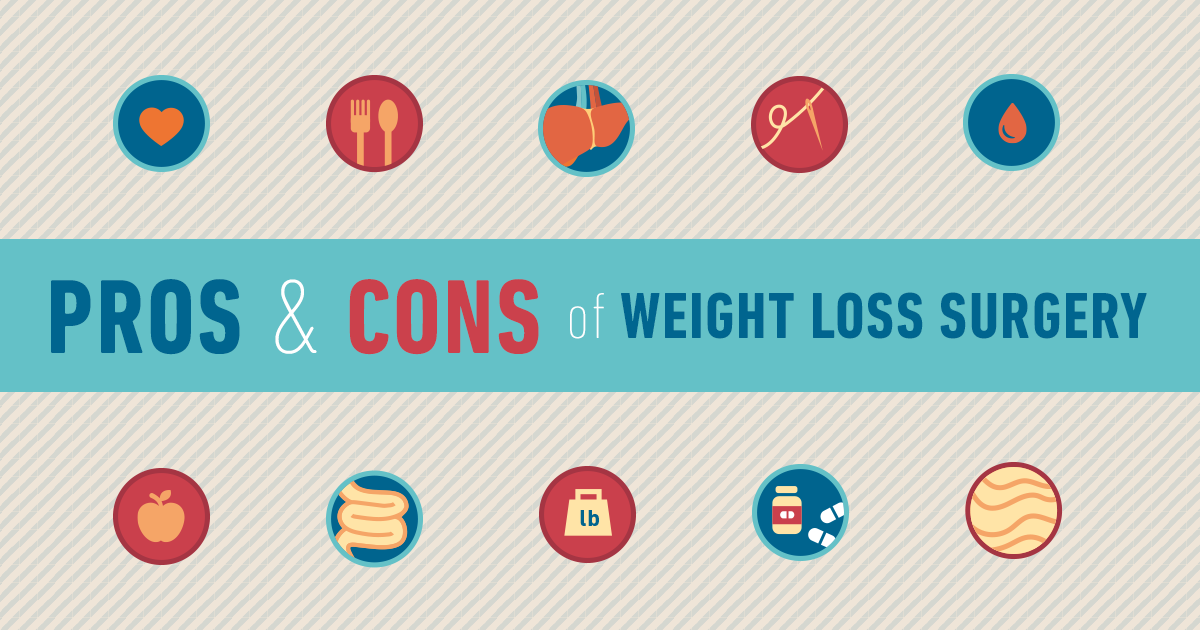What Are The Distinctions And Similarities In Between SMILE Eye Surgical Treatment And LASIK And PRK?
What Are The Distinctions And Similarities In Between SMILE Eye Surgical Treatment And LASIK And PRK?
Blog Article
Short Article Composed By-McNamara Vincent
If you have actually been thinking about SMILE eye surgery, you could wonder exactly how it stacks up against LASIK and PRK. cataract surgery risk factors has its own collection of benefits and factors to consider. From quicker recovery times to potential risks, there are vital distinctions you ought to understand prior to choosing. Recognizing these distinctions will assist you make an educated choice that lines up with your specific demands and assumptions. Interested to understand more concerning exactly how these treatments compare in detail? Keep on discovering to gain a detailed understanding of SMILE, LASIK, and PRK.
SMILE Eye Surgery Summary
If you're considering SMILE eye surgery, you'll discover it to be a minimally intrusive treatment with a fast recuperation time. Throughout SMILE (Tiny Laceration Lenticule Removal), a laser is used to develop a tiny, precise cut in the cornea to eliminate a tiny piece of cells, improving it to fix your vision. cataract surgery lenses reviews differs from LASIK, where a flap is produced, and PRK, where the outer layer of the cornea is completely eliminated.
One of the vital advantages of SMILE is its minimally invasive nature, resulting in a faster recovery procedure and less discomfort post-surgery. The recuperation time for SMILE is reasonably quick, with many individuals experiencing enhanced vision within a day or more. This makes it a popular selection for those looking for a convenient and efficient vision adjustment treatment. Furthermore, SMILE has been revealed to have a lower risk of dry eye disorder compared to LASIK, making it a favorable choice for individuals worried regarding this potential adverse effects.
Differences In Between SMILE, LASIK, and PRK
When contrasting SMILE, LASIK, and PRK eye surgical treatments, it is necessary to recognize the unique methods used in each treatment for vision improvement.
SMILE (Little Laceration Lenticule Extraction) is a minimally intrusive procedure that includes creating a small laceration to remove a lenticule from the cornea, improving it to remedy vision.
LASIK (Laser-Assisted Sitting Keratomileusis) includes developing a slim flap on the cornea, using a laser to improve the underlying cells, and afterwards repositioning the flap.
PRK (Photorefractive Keratectomy) removes the external layer of the cornea prior to reshaping the tissue with a laser.
The main difference hinges on the way the cornea is accessed and treated. SMILE is flapless, making it a great option for individuals with thin corneas or those involved in call sporting activities. LASIK provides fast visual recuperation because of the flap production, but it might posture a higher risk of flap-related complications. PRK, although having a longer recuperation duration, prevents flap-related issues completely.
Recognizing these differences is critical in choosing one of the most suitable treatment for your vision correction requirements.
Pros and Cons Comparison
To assess the advantages and downsides of SMILE, LASIK, and PRK eye surgical procedures, it's necessary to take into consideration the certain benefits and possible restrictions of each treatment. SMILE surgical treatment offers the benefit of a minimally invasive procedure, with a smaller laceration and potentially quicker recovery time compared to LASIK and PRK. It additionally lowers the threat of completely dry eye post-surgery, a typical side effect of LASIK. Nevertheless, SMILE may have restrictions in treating higher degrees of myopia or astigmatism compared to LASIK.
LASIK surgery provides fast visual healing and minimal pain throughout the procedure. It's extremely effective in dealing with a vast array of refractive mistakes, consisting of myopia, hyperopia, and astigmatism. Yet, LASIK carries a risk of flap issues, which can impact the corneal structure.
PRK eye surgery, while not as preferred as LASIK, avoids producing a corneal flap, lowering the threat of flap-related difficulties. It's suitable for patients with thin corneas or irregular corneal surfaces. Nevertheless, PRK has a much longer recovery time and may entail more discomfort during the recovery process.
Verdict
So, when it involves choosing in between SMILE, LASIK, and PRK, think of it like choosing the best set of shoes. during cataract surgery complications resembles a sleek, comfy pair of sneakers - fast and simple.
LASIK is much more like trendy high heels - showy and quick, yet with some potential dangers.
PRK is like tough treking boots - trusted and durable, however requiring a little bit even more time and effort.
Ultimately, the most effective choice depends on your specific demands and choices.
